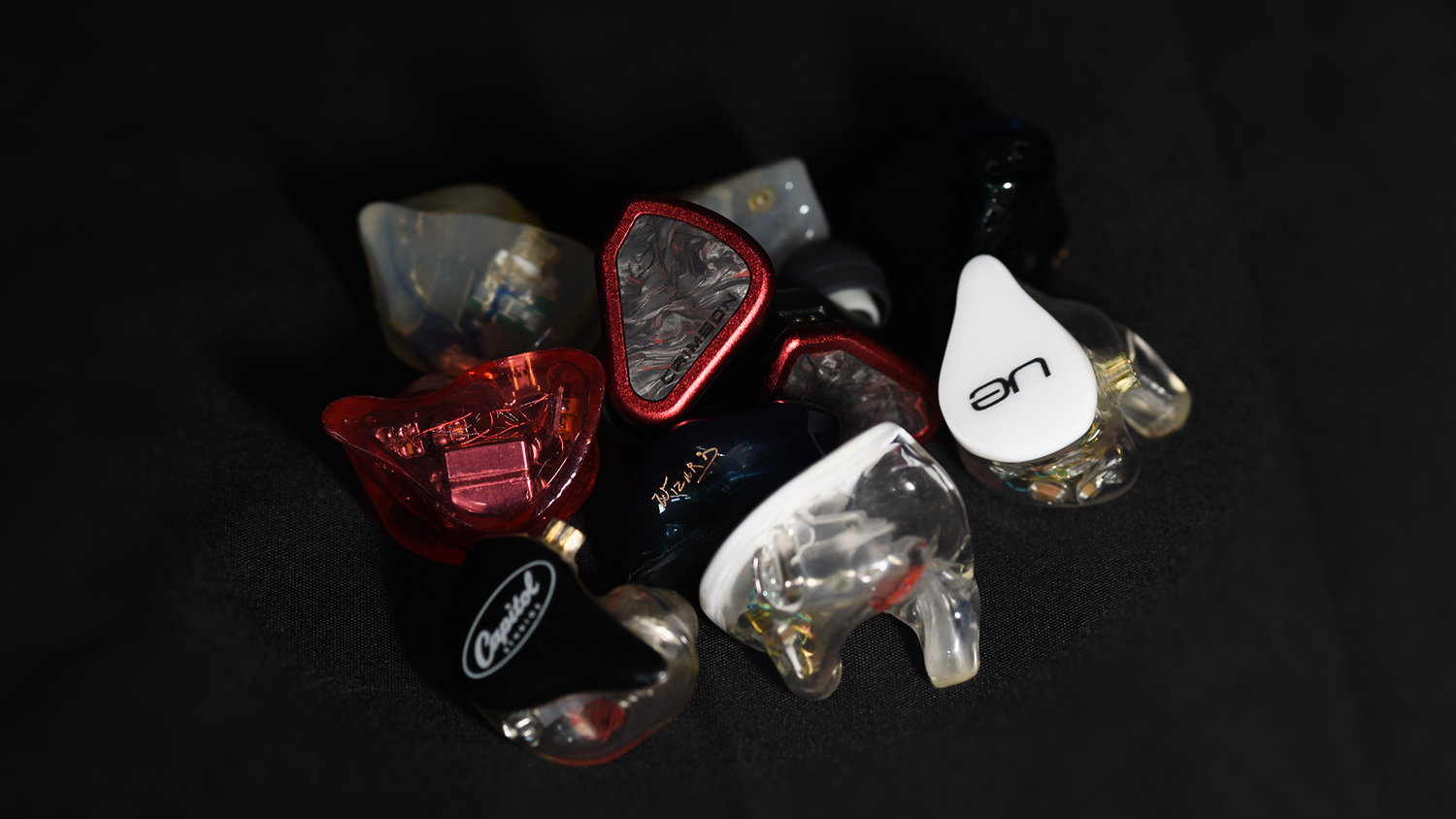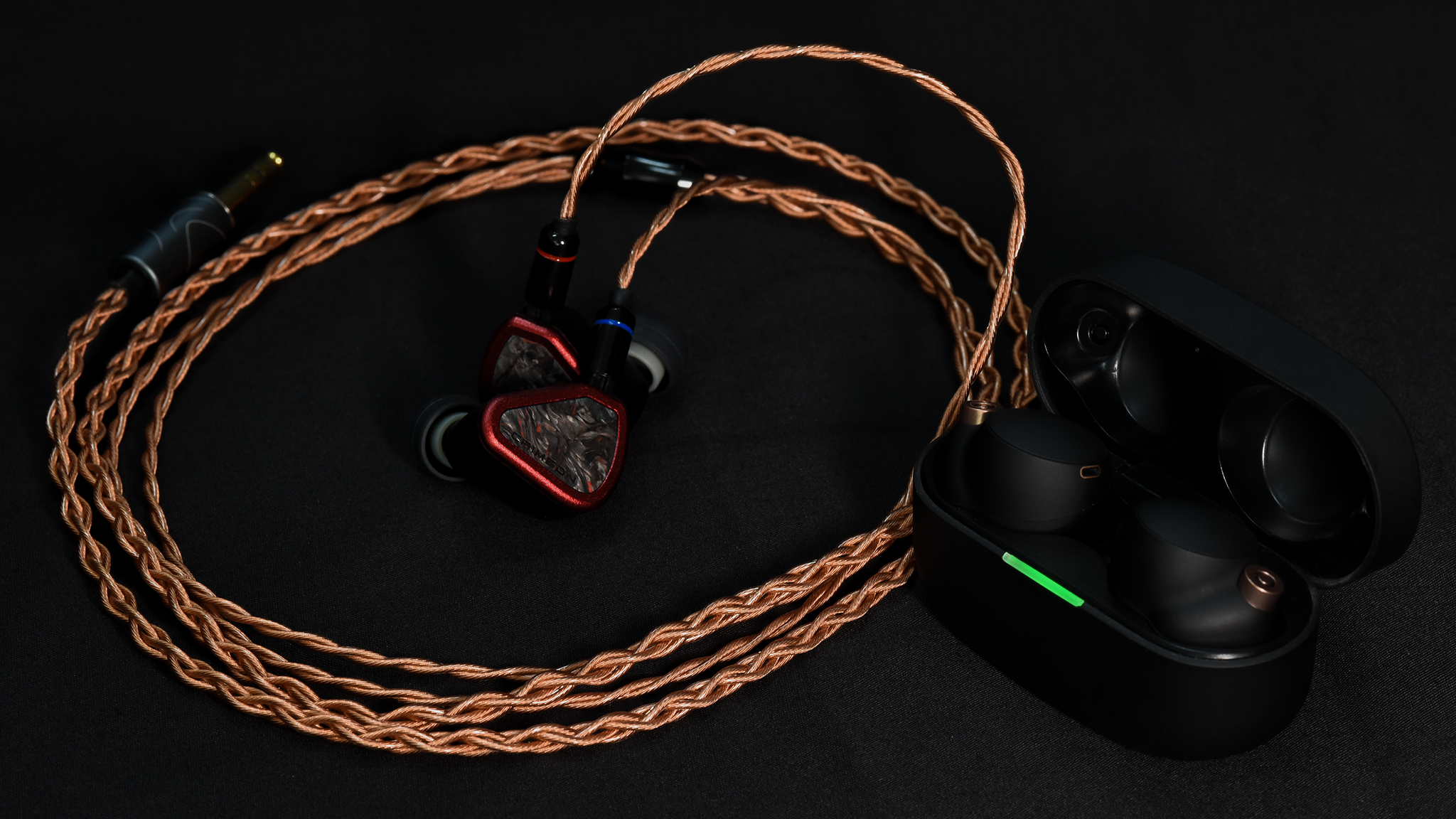Preface: This is the third part of an educational series designed to empower our customers with a deeper understanding of In-Ear Monitors (IEMs) and their benefits in both personal and professional contexts. Throughout this series, we'll explore various aspects of IEM design and delve into the intricacies of both critical and casual listening. The articles will progressively delve into more technical aspects over time.
Read our previous blog here.
If you’ve been looking at In-Ear Monitors (IEMs) to purchase, then you’d have come across both universal and custom fit options! In many cases, it’s hard to choose between the two, so we’ve decided to give an overview here:
On Manufacturing:
Custom In-Ear Monitors (CIEMs), were developed for the professional audio industry where performers would require the greatest fit security and isolation for stage use. Universal In-Ear monitors (UIEMs), on the other hand, were designed more for the general consumer who would prefer flexibility over having an individualized fit.
While the components and circuit designs of both UEIMs and CIEMs are similar, there are several distinct differences in manufacturing processes, shell design, and materials used. For CIEMs, we’ll be referencing the most popular material - UV Curable Acrylic when discussing these characteristics and differences.
When it comes to CIEMs, there are typically two methods for creating the shell from an ear impression. The first, older method (hand pouring) involves manually refining the silicon ear impression material using manual tools before creating a negative mold. UV curable acrylic would poured into the mould before being exposed to a specific amount of UV light. The shell is then removed and further hand refined before installation and processing of the final product.
The second method would involve 3D printing the shells from a resin bath (stereolithography). This involves a 3D scan and digital editing of the ear impression prior to printing, allowing for greater scalability as it is usually a more straightforward process and allows for the printing of multiple shells at the same time.
Photo Credit: Formlabs
Depending on a case by case basis, custom shells may need to be re-made multiple times depending on final fit. There is no guide here and comfort level would depend on how snug the custom shells would fit. If the ear impression is for some reason inaccurate, then the final product would also be inaccurate, increasing the likelihood of an unsatisfactory fit.
On occasion, an individual’s ears may have exceptionally small ears or narrow ear canals. In which case the shells would need to be further modified and extended outwards in order to create space for components. This adjustment will require careful considerations in terms of component placement and may affect the final nozzle design/length and consequently sound.
For UIEMs, the process is simplified, typically involving a standard base shell design. This however, would need to be designed to a ‘universal’ shape in order to fit the majority of people (hence the name). This standardized design allows greater flexibility in material choice as each shell does not need to be individually customized to fit a specific ear shape. Additionally, components can also be fitted consistently without worry about internal space, positioning and nozzle design. Naturally this will allow for more creative and exotic designs such as custom acoustic chamberings, as it’s easier to accommodate these into a uniform space rather than one variable such as in CIEMs.
On Sound:
CIEMs arguably can have a more consistent sound in most cases. This is a result of how the CIEM creates a seal against the ear in a predictable manner with the body of the shell. An individual’s own ear impedance will also play a smaller role in the overall sound as the distance from the nozzle to the eardrum is smaller in CIEMs compared to UEIMs.
In terms of seal, we think that UIEMs have comparable levels of seal with the right eartips. That is to say there isn’t much difference between CIEMs and UIEMs in terms of bass response.
CIEMs however, have greater isolation due to the fact that the whole body of the IEM is involved in creating and maintaining the seal between the ear and outside elements. The level of isolation may vary among CIEM units due to differences in ear shapes and manufacturing processes, with some companies opting for thicker, thinner or fully filled shells.
UIEMs on the other hand, rely on ear tips which can vary in type of material, density of material, as well as design of material. These differences can create variance in terms of acoustic impedance as well as resonance and acoustic phase.
For some users, this is advantageous. With a wide array of eartips out there, one can mix and match in order to find their perfect sound profile. This modularity allows for a customized listening experience, where users can adjust ear tips to emphasize or mitigate certain aspects of an IEM's tuning. Experimenting with different ear tips can help fine-tune the audio output to personal preferences.
It's worth noting that when demoing CIEM units, the final sound experienced may differ. This is because demo sets are typically built to UIEM specifications, and factors such as the shape of your ear, nozzle length, and relative phase can all influence the final sound output of the CIEM.
Other Factors:
There are also several additional factors to consider. One such factor is the build time or turnover. Typically, CIEMs have a production time averaging around 4-8 weeks once ear impressions are received. In contrast, UIEMs can be purchased off the shelf if they are in stock, offering immediate availability.
Furthermore, reshell services for CIEMs are less widely available compared to previous years. Many USA-based manufacturers do not support the transfer of ownership of CIEMs and will not provide reshell services to 2nd-hand buyers of CIEMs. Reshelling with 3rd party companies carries the risk of potential damage to the components during the reshell process and these companies may not be able to replace them.
It's also worth noting that UIEMs generally hold a higher resale value. This is because they can be easily transferred from one individual to another without the need for a reshell or remold process.
Final Thoughts:
Overall, we think that most of the extra effort and wait time for CIEMs may not be justified for the majority of non-professional audio users. Short of seeking the best in terms of isolation, there is usually no need to go that far when UIEMs provide similar sound quality. However, for musicians seeking optimal fit and isolation for stage performances, CIEMs will no doubt present a more practical choice.
Symphonium Audio has strategically chosen to focus on UIEMs for the audiophile market. Leveraging universal shell designs, we’ve chosen to use Anodized, Heat-Treated AL6061 Alloy for our UIEMs in order to ensure maximum durability and longevity. Additionally we’ve taken the effort to meticulously curate components such as eartips in order to enhance our customer’s listening experience. As a company committed to innovation, we are constantly experimenting with new designs in order to push the envelope of IEM technology.



Leave a comment
All comments are moderated before being published.
This site is protected by hCaptcha and the hCaptcha Privacy Policy and Terms of Service apply.